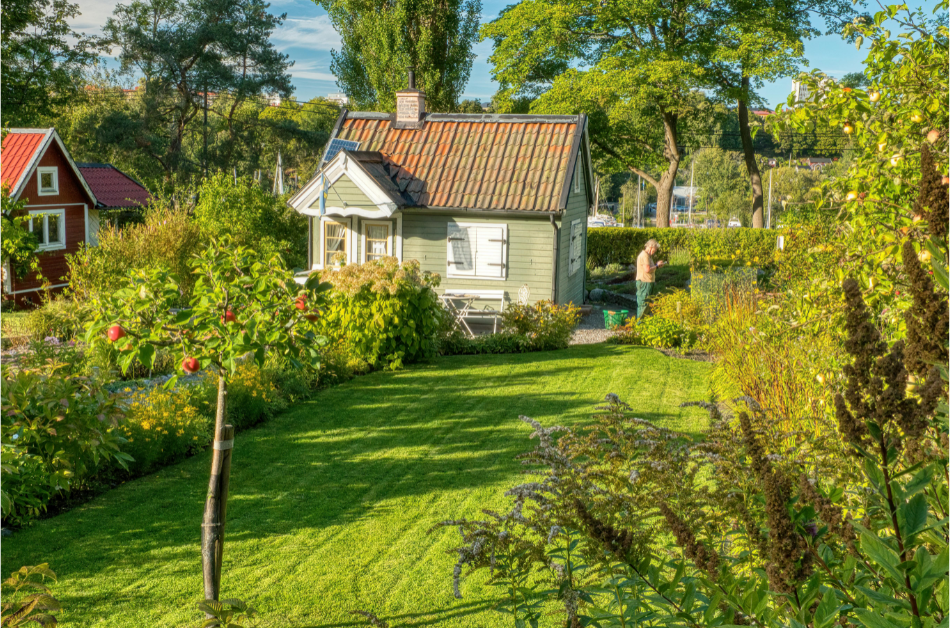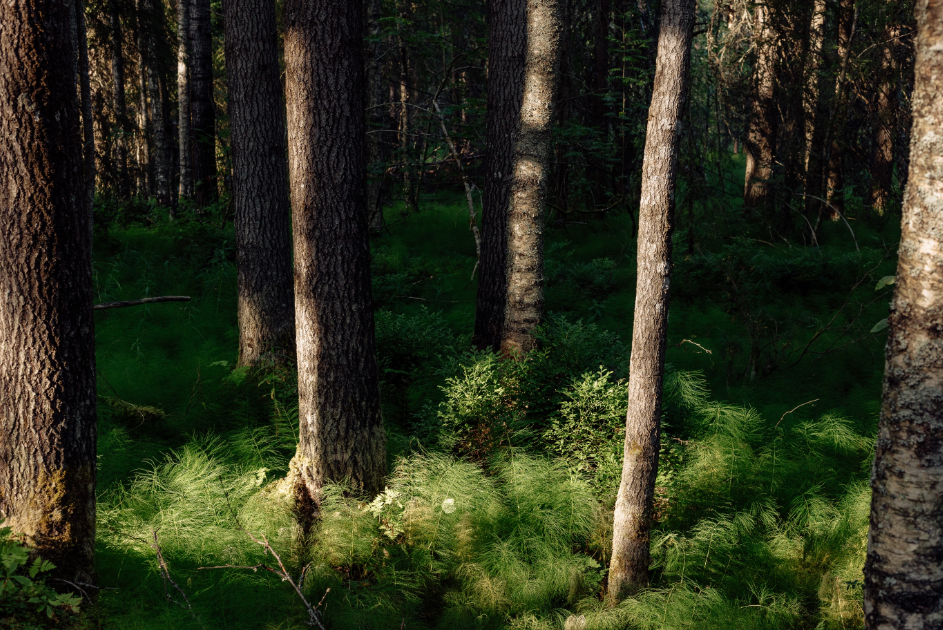California man buys a small island in Finland for $31k instead of down payment on a house
Russell and his girlfriend recently finished building their own log cabin on the island.
Couple buys small island because it was cheaper than a house
The cost of living has gotten quite ridiculous. If things continue the way they're going, pretty soon, people will feel they need to take out a loan to buy basic groceries. But there's one area where people are struggling beyond compare, and that's the extreme cost of housing. We're not just talking purchasing a home, either (which feels more and more impossible, if we're being honest). Across the United States, rent rates have skyrocketed, leaving people of all ages and stages in the lurch. Many are being completely priced out of the market, causing some to rent longer than they'd like, while others are having to move back in with their parents.
Due to the rising cost of housing in America, more people are choosing to relocate outside the country in hopes of maintaining a better quality of life for less. There are entire Reddit channels dedicated to expat living and Americans looking to become expats.
Oliver Russell, 24, was slightly ahead of the curve with his exit from the United States. Though he is American, he's also half Finnish, giving him dual citizenship with the country through friends and family he often visited.
- YouTube youtu.be
Russell grew up in Laguna Beach, California, but after moving to Colorado, he was denied in-state tuition, making it nearly impossible to afford business school. That's when he decided to take advantage of the free college education Finland offers its citizens; he had always dreamed of moving to Helsinki anyway.
It just so happened that, after settling into his second homeland, he met a girl. Helena Tomaszewska, 20, is Dutch. Once the two got serious about dating, they started looking at getting a summer home, which is standard in Finland. But during their search for the perfect home, the two discovered houses were expensive. The down payment alone seemed like entirely too much money for a pair in their early twenties.
"In Finland, the summer cottage life is a huge part of the culture, and I would come out here every summer. I loved the summer cottage life and wanted one of my own," Russell told SWNS in 2024.

They continued their search, checking various real estate websites for something within their price range. Just when it seemed like the pair was having a run of bad luck locating an affordable property, Russell came across an island. Yes, an island. By the time he came across it, the island had been on the market for 10 years. Lucky for them, it was within their budget.
In March 2024, the couple paid $31k for the 2.5 acres of lush land off the Helsinki coast.
Unlucky for them, the island was a little too lush. Since it had sat uninhabited (by humans) for a decade, the land was completely overgrown with vegetation—trees, bushes, moss, etc. If they were going to build their summer home there, they had a lot of work cut out for them, but that big detail didn't deter them one bit. The couple quickly got to work.
"Our plan is to build a log cabin completely by ourselves with no experience and transform it into a fully functioning summer cottage," Russell shared in a video on his and Tomaszewska's YouTube page, Off Grid Island, that shows him chopping down trees and shaving bark from logs.
Since purchasing the island, Russell and Tomaszewska have made several trips to ready the land for a permanent structure.

In a 2024 article, Russell told LadBible, "We made a frame out of logs that we felled from trees, and I got some decking from a hardware store. We then built an outhouse, and I am now trying to build a shower structure so we can wash while we're on the island. We wanted to get the base camp set up so we have a comfortable place to stay while the big building happens next year."
There's a requirement for the island: a certain portion must be a sauna. It's unclear if this is a requirement by the Finnish government or a deal between Russell and his girlfriend.
As of late summer 2025, Russell reports that the cabin is done and they are moving on to their other plans for the rest of the island.
The build is pretty impressive for a couple of students without much experience and only an electric chainsaw!
- YouTube youtu.be
Russell and Tomaszewska are documenting their island transformation on their aforementioned YouTube channel. They post instead, frequently sharing their wins, failures, and everything in between with all 233k of their interested subscribers—who maybe can't afford their own islands yet, but are dutifully preparing.
- YouTube youtu.be
This article originally appeared last year. It has been updated.
